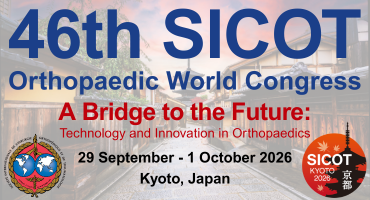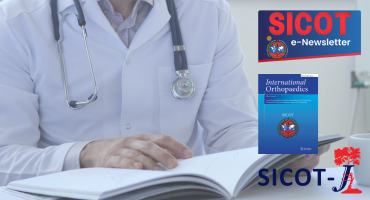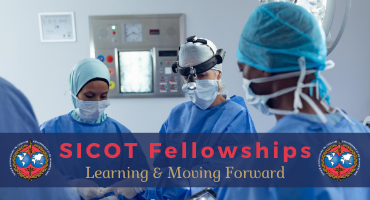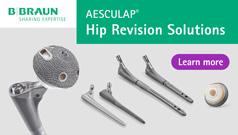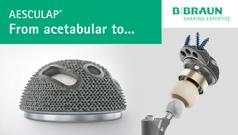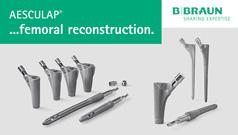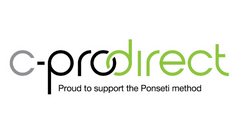Managing peripheral vascular injuries in gunshot trauma: A surgical perspective
Injury. 2025 Nov;56 Suppl 1:112687. doi: 10.1016/j.injury.2025.112687.
ABSTRACT
Firearm-related vascular trauma is a significant public health issue in Cape Town, South Africa, where gunshot wounds (GSWs) are a leading cause of penetrating extremity injuries. This commentary reviews the experience of Groote Schuur Hospital's Trauma Centre in managing extremity arterial injuries due to GSWs. Groote Schuur Hospital is a tertiary academic institution situated in Cape Town, South Africa. As one of the country's foremost teaching hospitals, we serve a population of approximately 4 million people from the greater Cape Town metropolitan area and surrounding regions. On average, we manage approximately 1000 trauma patients per month, including both blunt and penetrating trauma. We are a designated Level 1 Trauma Centre, offering comprehensive emergency trauma care. Our facility is equipped with advanced imaging modalities, including Lodox full-body radiography, standard X-rays, CT scanning, MRI, and interventional radiology. We also have 24-h access to fully staffed and operational trauma theatres, ensuring timely surgical intervention when required. The institutional approach emphasizes life-saving interventions, restoration of perfusion, limb preservation, and function. Vascular trauma, though infrequent, is more common in penetrating than blunt injuries, with the brachial and femoral arteries most commonly affected. Patient management is dictated by hemodynamic status and limb viability, using ATLS® principles and tools like the ankle-brachial index (ABI), arterial pressure index (API), duplex ultrasound, and computed tomography angiography (CTA). While open surgery remains the cornerstone for definitive repair, endovascular techniques are increasingly utilized in selected cases. Fasciotomy plays a critical role in preventing compartment syndrome in high-risk patients. Outcomes are influenced by injury severity, time to intervention, and associated injuries, with delayed care contributing significantly to limb loss and mortality. Although patient and limb survival is achievable with timely management, long-term complications, including graft failure, chronic pain, and psychological impact, are common. Improving outcomes requires systemic investment in trauma care, from prehospital triage to post-operative rehabilitation and follow-up.
PMID:41173560 | DOI:10.1016/j.injury.2025.112687






